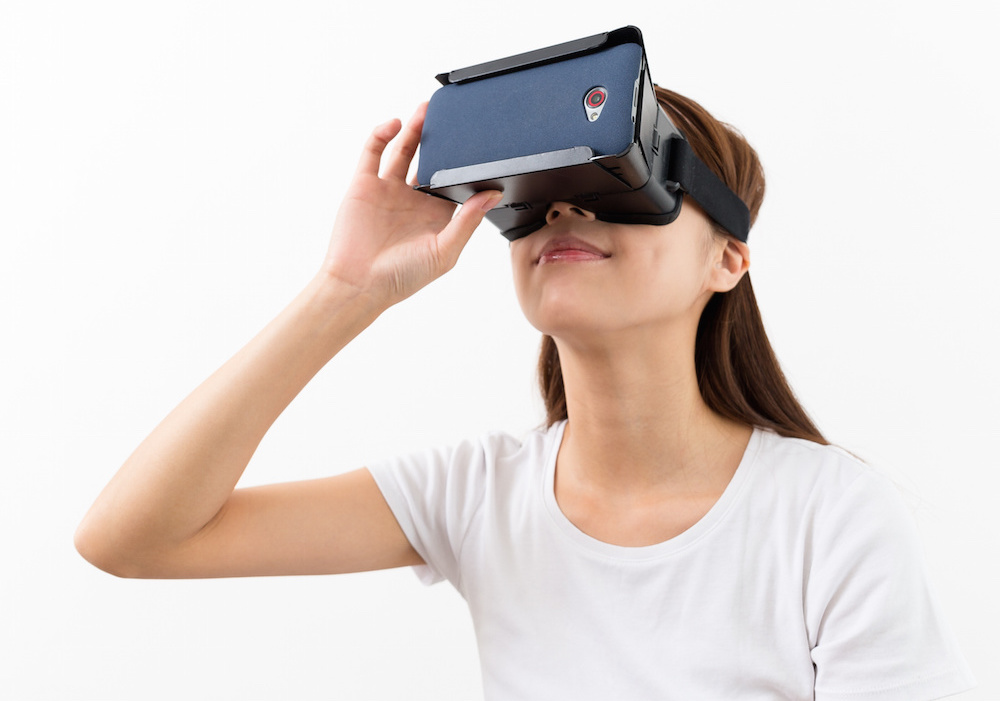Virtual reality has a promising future today as it did 20 years ago.
Like a boy band reject who overstays his welcome with a lackluster solo career, VR has been around for what seems like forever but has showed no signs of maturing. Even after more than two decades since showing potential for commercial relevancy, virtual reality is in its infancy.
From the Virtual Boy to ‘iGlasses’ (sounds like a lovechild between Google Glass and an Apple anything; not connected to either company), many products have attempted to make virtual reality a reality for the average consumer. And despite many promising takeoffs, each attempt at making the popularizing the technology has crashed and burned rather magnificently.
Nintendo’s Virtual Boy was meant to be that first real chance for consumers to experience simulated 3D environments in a portable gaming console. The device was discontinued a year into its run in the market. It is also Nintendo’s poorest selling console to this day.
Virtual reality made a comeback early this decade thanks to the gaming industry. Videos of people reacting to some of the more immersive Oculus Rift games has probably done more for the VR headset than any marketing campaign has. Despite being perceived mostly as an accessory to gaming consoles, virtual reality is an extremely versatile piece of technology. Some early adopters in different industries have shown that it can be used for more than just a novel gaming experience. These implementations may just be what it takes to carry VR into the next stage of its development.
Automotive Sales
E-commerce has caught up with the automotive industry with the sales of parts and maintenance services online. However, there hasn’t been a reformation of the actual process of buying a car. A number of manufacturers are eager to tap VR to simplify the rigmarole.
Ford was among the first to see the potential applications of virtual reality in its development process. The American carmaker uses Oculus Rift headsets to simulate the cabin of its cars in development. The simulations are designed in such a way that engineers can examine the vehicle’s structure and even test it under different lighting conditions. As a result, the product development phase overlaps testing, since there’s no longer a need to wait for physical units of the car to be produced.
Audi has revealed that soon, customers will be able to get inside the cabin of their dream car by simply getting on a VR headset. Customization options will include colors, materials and electronics on board.
Travel
Travel can be enlightening and refreshing. But also, it can be painful and daunting. Chalking out plans can often prove taxing from a lack of dependable information about locations on the itinerary.
Hotels have caught up to this chink. A number of players in the hospitality business are giving potential patrons tours of their establishments using virtual reality devices. The Marriot chain showed off its VR-powered hotel preview booths earlier this year. Thomas Cook allows its customers to take a tour of its travel packages virtually before actually purchasing it. The results are there to see – revenues of its New York tour have almost doubled since the feature was first offered.
Travel companies will look to virtual reality to serve as information systems and promotional vehicles for its offerings. As VR headsets for phones are under development, making these experiences more widely available will become easier.
Law Enforcement
That’s right, VR may just help us bring Robocop to life (though if you want to be picky, Robocop used augmented reality). Law enforcement agencies from a number of different countries have showed an interest in using the technology to trains its staff.
Virtra’s firearm training simulators induce real psychological stress on police officers using virtual reality devices. A number of problems associated with firearm use result from the application of deadly force where it isn’t required. Virtra uses simulations to train officers on how to react in situations that warrant the use of different amounts of force.
There’s no doubt that virtual reality is filling a gap in various industries. One of the biggest hurdles facing manufacturers of VR devices is the cost of the gear that the headset works in conjunction with. For example, those excited by the Samsung Gear VR need to own a Samsung Galaxy Note device in order to be able to use it. The standardization of hardware may just be the push required to make virtual reality a truly ubiquitous technology.

